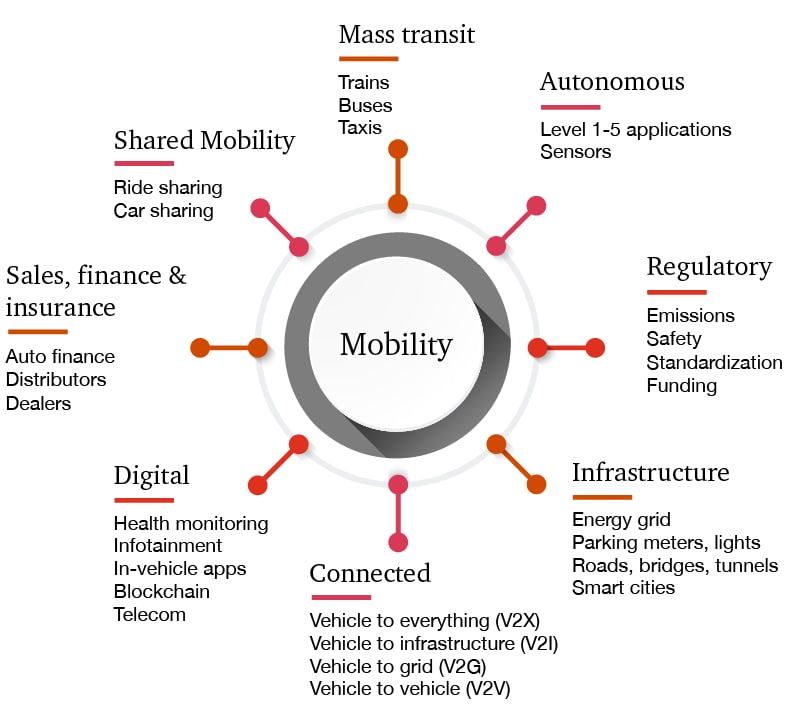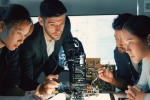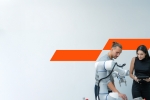
The future of mobility

The way people and goods move from A to B is fundamentally changing. New technologies such as autonomous driving and electrification, but also long-term trends such as urbanisation or changing consumer behaviour make mobility a global concern. In doing so, the traditional market boundaries are being broken through. The automotive sector, the energy sector, the public sector, the transport and logistics sector - they all have to deal with these trends, but also with new business models and mobility concepts.
PwC will help you navigate through the changing mobility ecosystem and will be happy to discuss this with you. On this page, you will find relevant content about mobility.
Mobility Re-imagined
The constant re-imagining of mobility opens up exciting possibilities of what its future state could look like. This video outlines key variables relating to the new mobility economy, including the anticipated timeline of when we will get there, the investments driving it, the mobility ecosystem, and considerations for

The ecosystem in transition
The size and complexity of the mobility ecosystem is large and evolving rapidly. Changes due to disruptive innovations, such as the connected car, shared mobility and self-driving cars, have an impact on regulations, infrastructure, public transport and insurance. Within the automotive sector, it is clear that change is inevitable, but it remains the question how fast these changes take place.
- To what extent do companies already have to adapt their current activities to the consequences of changing mobility?
- Which business model and investment provides the right balance between short and long-term objectives?
- What are the specific possibilities to achieve a distinctive competitive advantage?
The mobility infographic shows eight areas that are part of the mobility ecosystem and the important points of attention within it.
Smart mobility
PwC is happy to assist you on your way with smart and sustainable solutions when it comes to collective mobility challenges.
Together with you, we look at opportunities to manage assets, resources and services more efficiently. We provide strategic and business model innovation solutions related to real estate, transport, infrastructure and energy projects that use new smart mobility ecosystems.
We work with our clients and partners as a community of solvers to build trust and generate results.

Related content


Five trends transforming the automotive industry
The mobility of the future is electrified, autonomous, shared, connected. This study describes the factors influencing the sector leading up to 2030.

Automotive
As a car dealer, supplier or retailer, you are operating on the thinnest of knife edges, for the sector is undergoing turbulent times.
Contact us

Tax Partner, EMEA Connected Tax Compliance and Tax Managed Services Lead, PwC Netherlands
Tel: +31 (0)62 013 85 60















